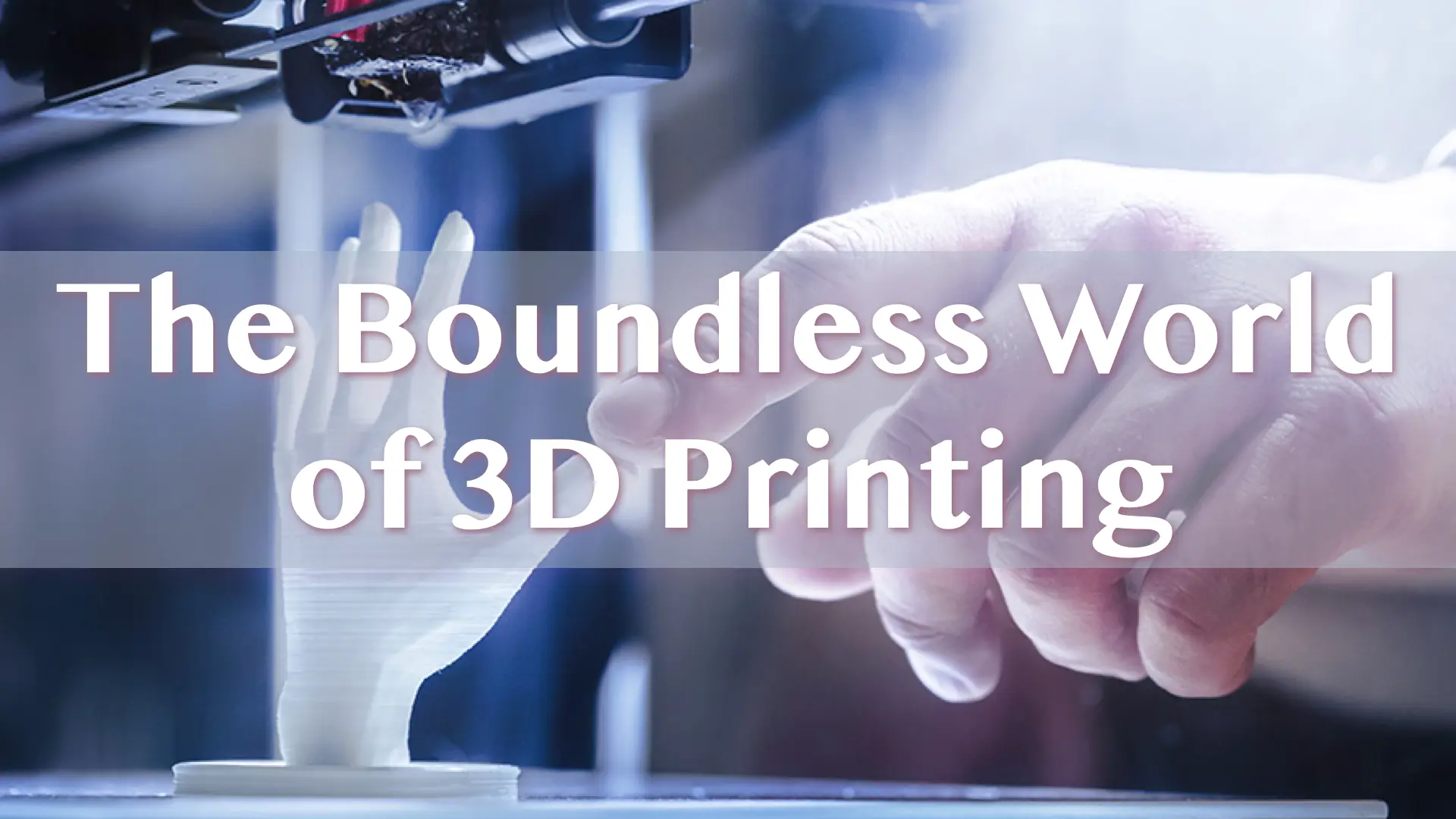INTRODUCTION
3D printing in real life is like bringing digital imagination into tangible existence. It's a process where layer by layer, a three-dimensional object is created from a digital model. Whether it is prototypes, custom designs, or even prosthetics, 3D printing opens up a world of possibilities.
.jpg)
3D printing or additive manufacturing is the construction of a three-dimensional object from a CAD model or a digital 3D model. It can be done in a variety of processes in which material is deposited, joined, or solidified under computer control, with the material being added together (such as plastics, liquids, or powder grains being fused), typically layer by layer. One of the key advantages of 3D printing is the ability to produce very complex shapes or geometries that would be otherwise infeasible to construct by hand, including hollow parts or parts with internal truss structures to reduce weight.
Benefits of 3D Printing
Additive manufacturing or 3D printing has rapidly gained importance in the field of engineering due to its many benefits. Some of these benefits include enabling faster prototyping, reducing manufacturing costs, increasing product customization, and improving product quality. Furthermore, the capabilities of 3D printing have extended beyond traditional manufacturing, with applications in renewable energy systems. 3D printing technology can be used to produce battery energy storage systems, which are essential for sustainable energy generation and distribution. Another benefit of 3D printing is the technology's ability to produce complex geometries with high precision and accuracy. This is particularly relevant in the field of microwave engineering, where 3D printing can be used to produce components with unique properties that are difficult to achieve using traditional manufacturing methods.
3D Printing in Transportation
In transportation, 3D printing is a cutting-edge technology that is revolutionizing the way we build and repair vehicles. Instead of traditional manufacturing methods, where parts are made by cutting and molding materials. This makes it faster, more cost-effective and allows for lightweight, complex designs. From car components to airplane parts, 3D printing is helping to make transportation safer, more efficient, and environmentally friendly. It's like magic for creating the pieces that keep our vehicles moving smoothly. It simplifies and accelerates the production of various vehicle components and parts, from cars and motorcycles to airplanes and ships. In cars, trucks, and aircraft, Additive Manufacturing is beginning to transform both, unibody and fuselage design and production, powertrain design and production. For example, General Electric uses high-end 3D printers to build parts for turbines. Many of these systems are used for rapid prototyping before mass production methods are employed.
3D Printing in Aircraft
One significant advantage of 3D printing in aircraft is its ability to produce lightweight yet strong parts. This reduces the overall weight of the aircraft, leading to improved fuel efficiency and reduced operating costs. Additionally, 3D printing allows for the creation of highly complex and customized components that were previously challenging or impossible to manufacture using traditional methods. Aircraft manufacturers use 3D printing for various applications, including engine parts, structural components, and interior elements.
3D Printing in Health
3D printing has also been employed by researchers in the pharmaceutical field. During the last few years, there's been a surge in academic interest regarding drug delivery with the aid of Additive Manufacturing (AM) techniques. This technology offers a unique way for materials to be utilized in novel formulations. AM allows for the usage of materials and compounds in the development of formulations, in ways that are not possible with conventional/traditional techniques in the pharmaceutical field, e.g. tableting, cast-molding, etc. Moreover, one of the major advantages of 3D printing, especially in the case of fused deposition modeling (FDM), is the personalization of the dosage form that can be achieved, thus, targeting the patient's specific needs. In the not-so-distant future, 3D printers are expected to reach hospitals and pharmacies in order to provide on-demand production of personalized formulations according to the patients' needs.
3D Printing Design
In the world of design, 3D printing has emerged as a groundbreaking technology, revolutionizing the way designers, architects, engineers, and artists create and prototype their ideas. This transformative technology, also known as additive manufacturing, allows for the production of three-dimensional objects by layering material, offering a new dimension of creative possibilities. From product design and architecture to fashion and art, 3D printing is reshaping the design landscape.
3D printing is like magic for the real world. It takes digital dreams and turns them into tangible things. Need a custom phone stand shaped like a dinosaur? 3D printing's got you.
3D printing in real life is like bringing digital imagination into tangible existence. It's a process where layer by layer, a three-dimensional object is created from a digital model. Whether it is prototypes, custom designs, or even prosthetics, 3D printing opens up a world of possibilities.
Enjoyed? Share this article with your friends.
For updates, news, fun and games follow us on -
Instagram - BuzzWorthy_O
Twitter - BuzzWorthy_O
Threads - BuzzWorthy_O
Facebook - BuzzWorthy Official
Got queries? Feel free to contact us via -
Gmail - buzzworthy.sv@gmail.com
BuzzWorthy - Contact Us Page
-- Buzzzz 🌸🐝 --

